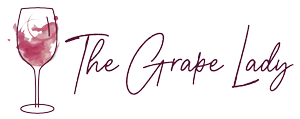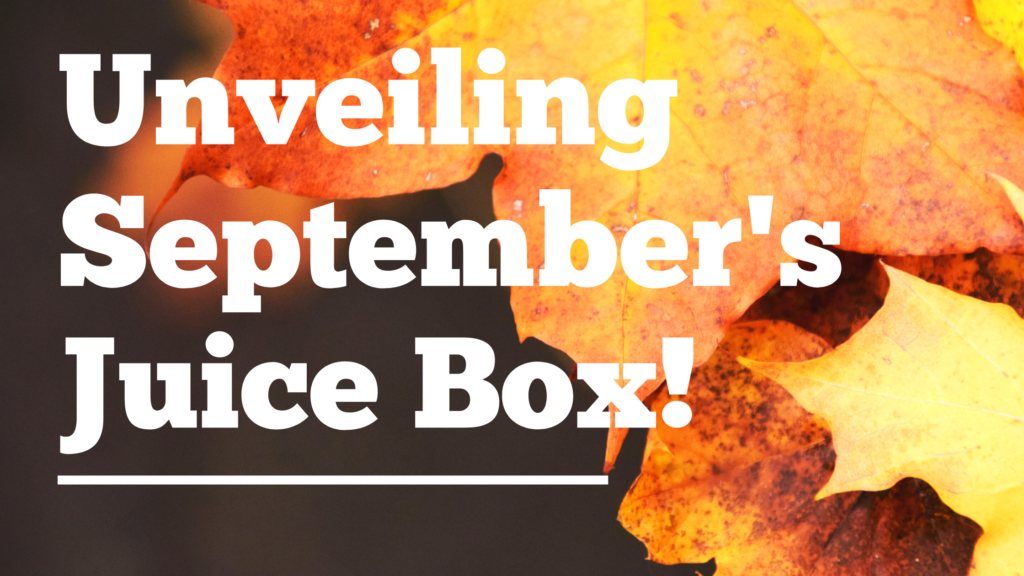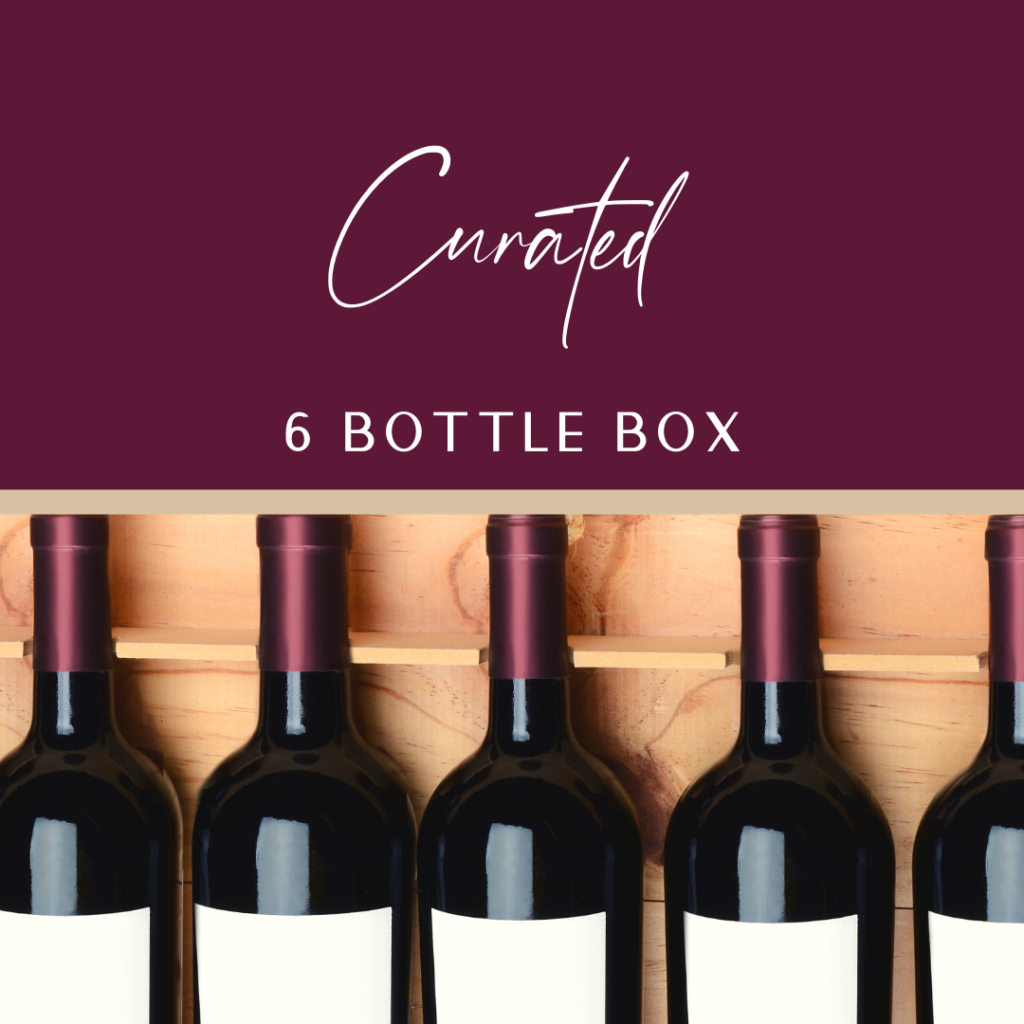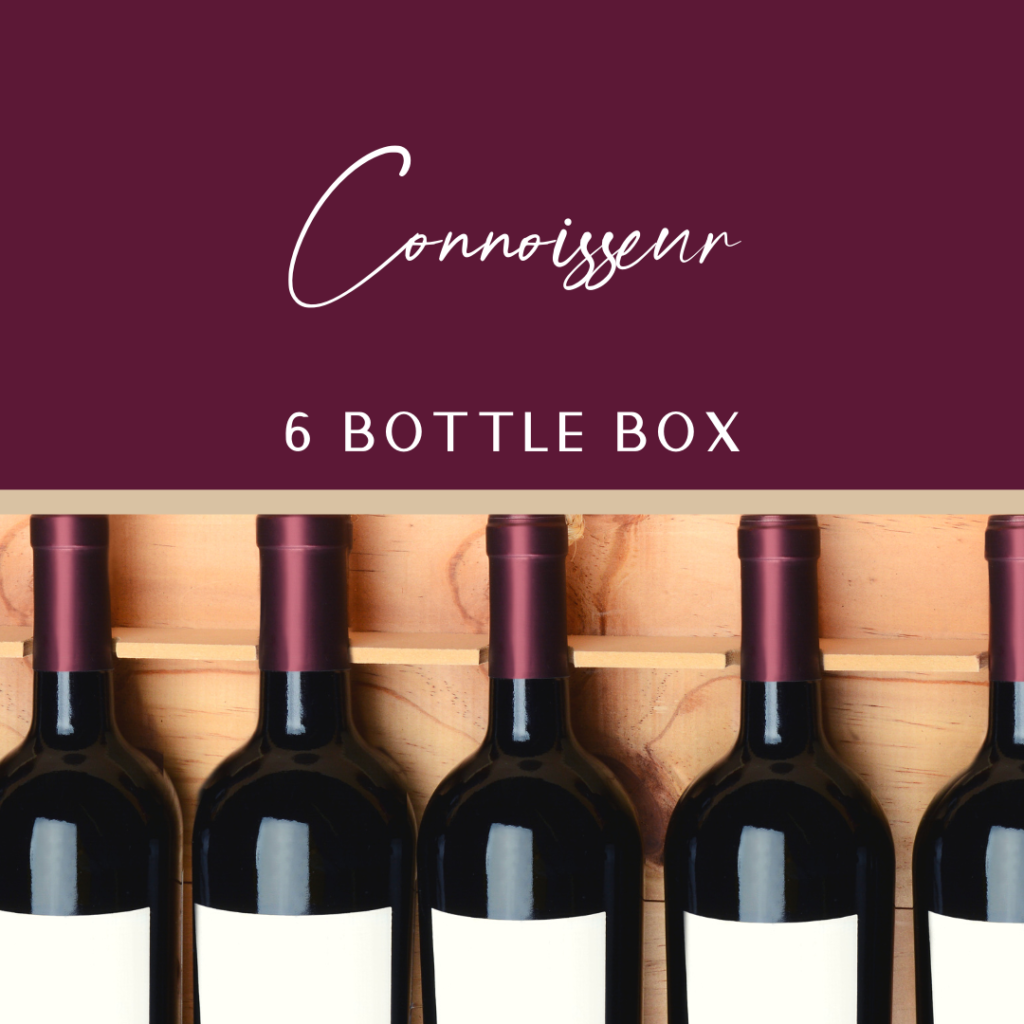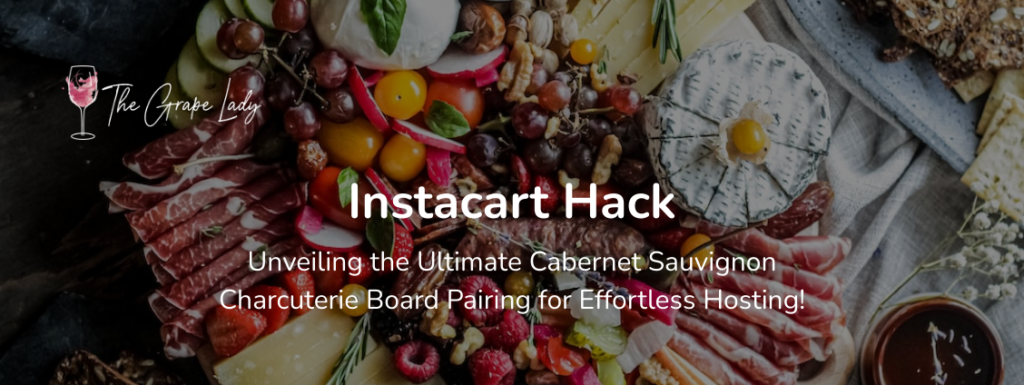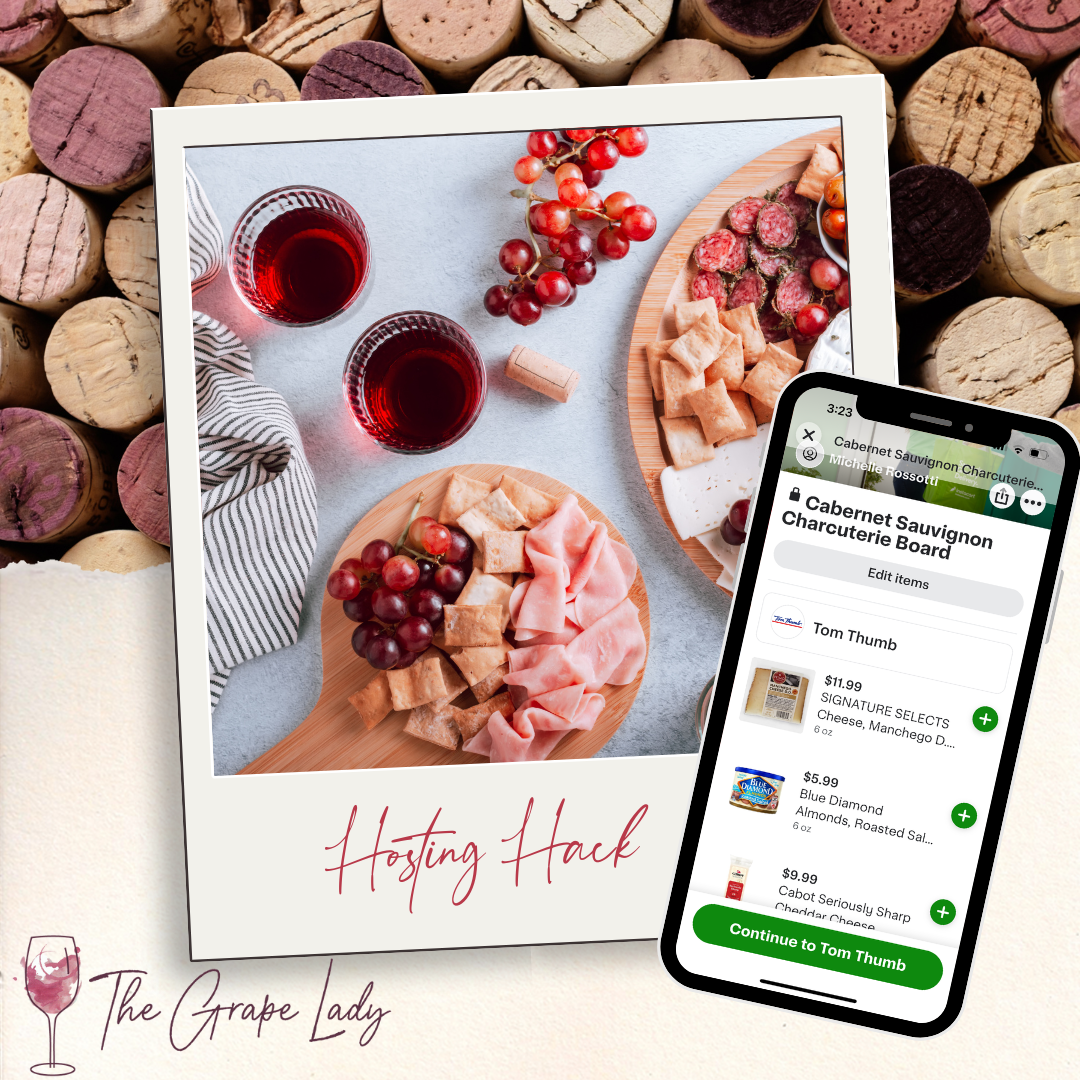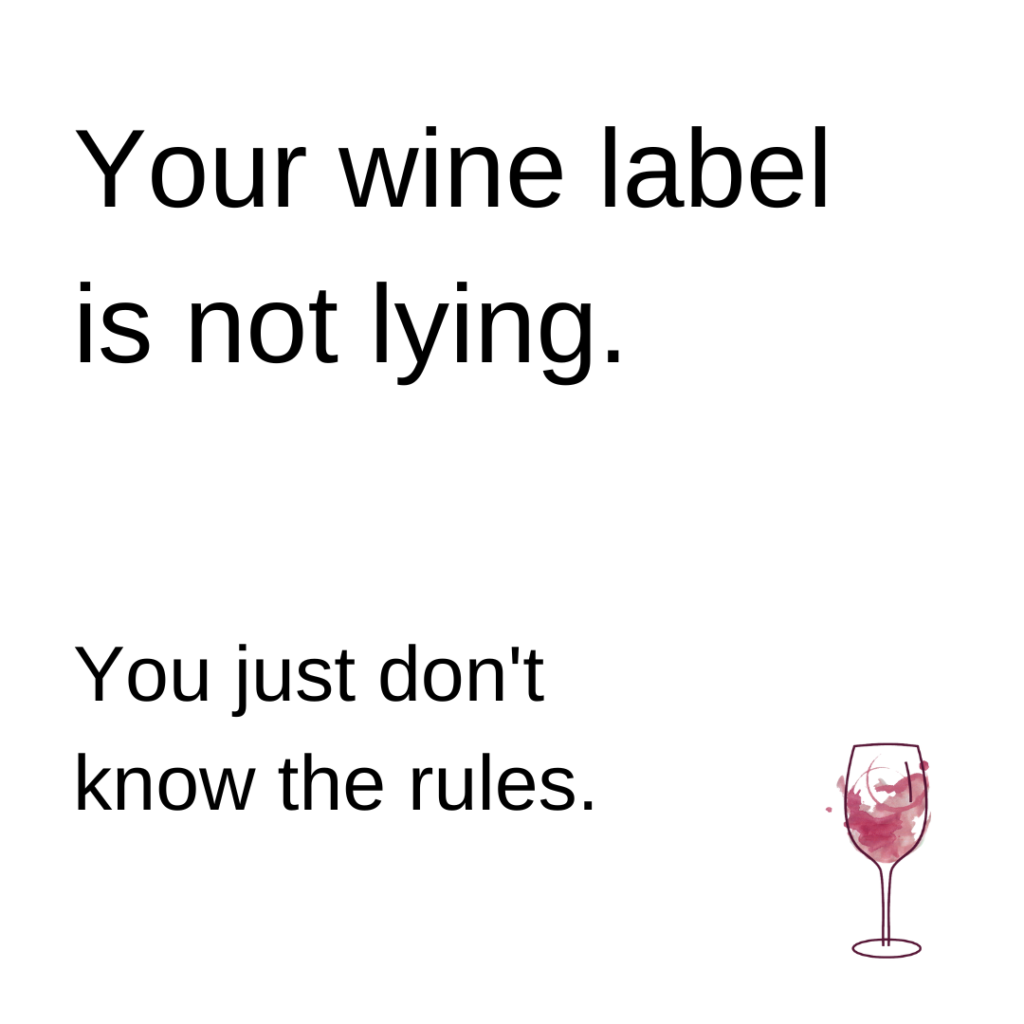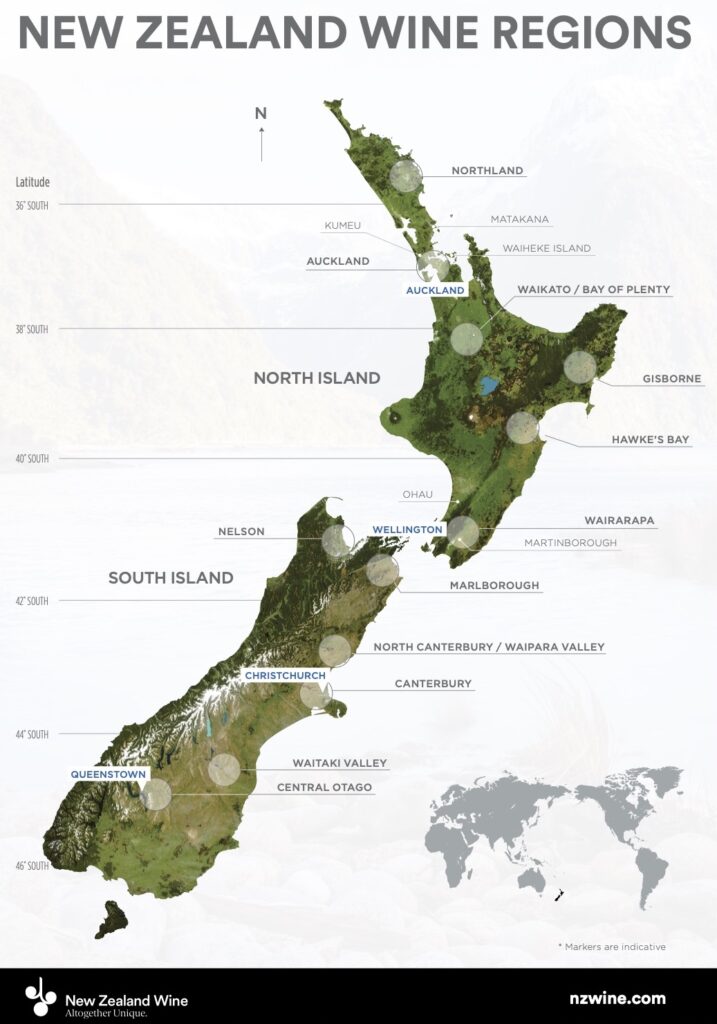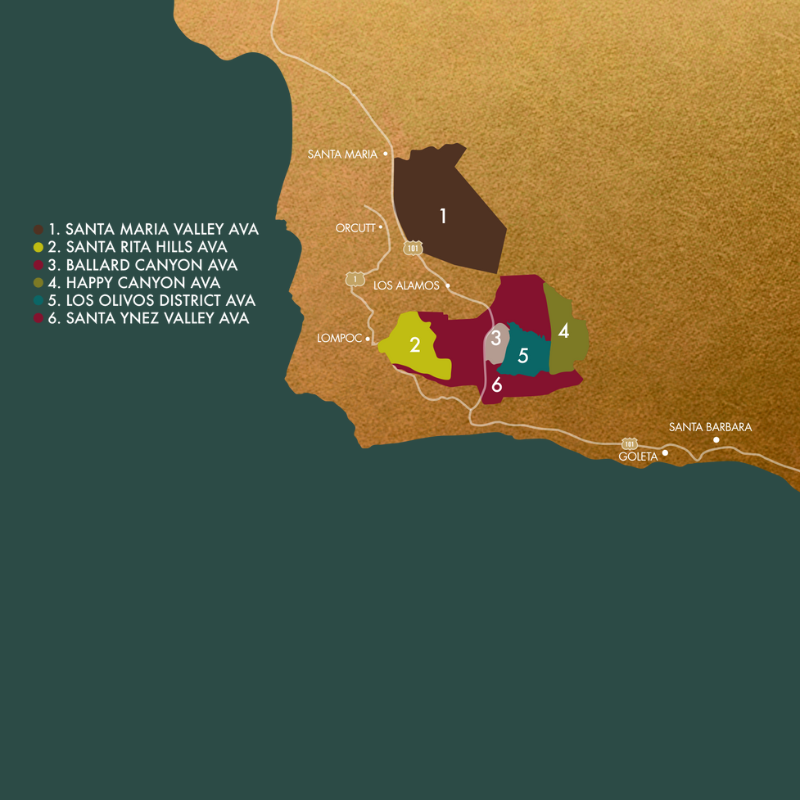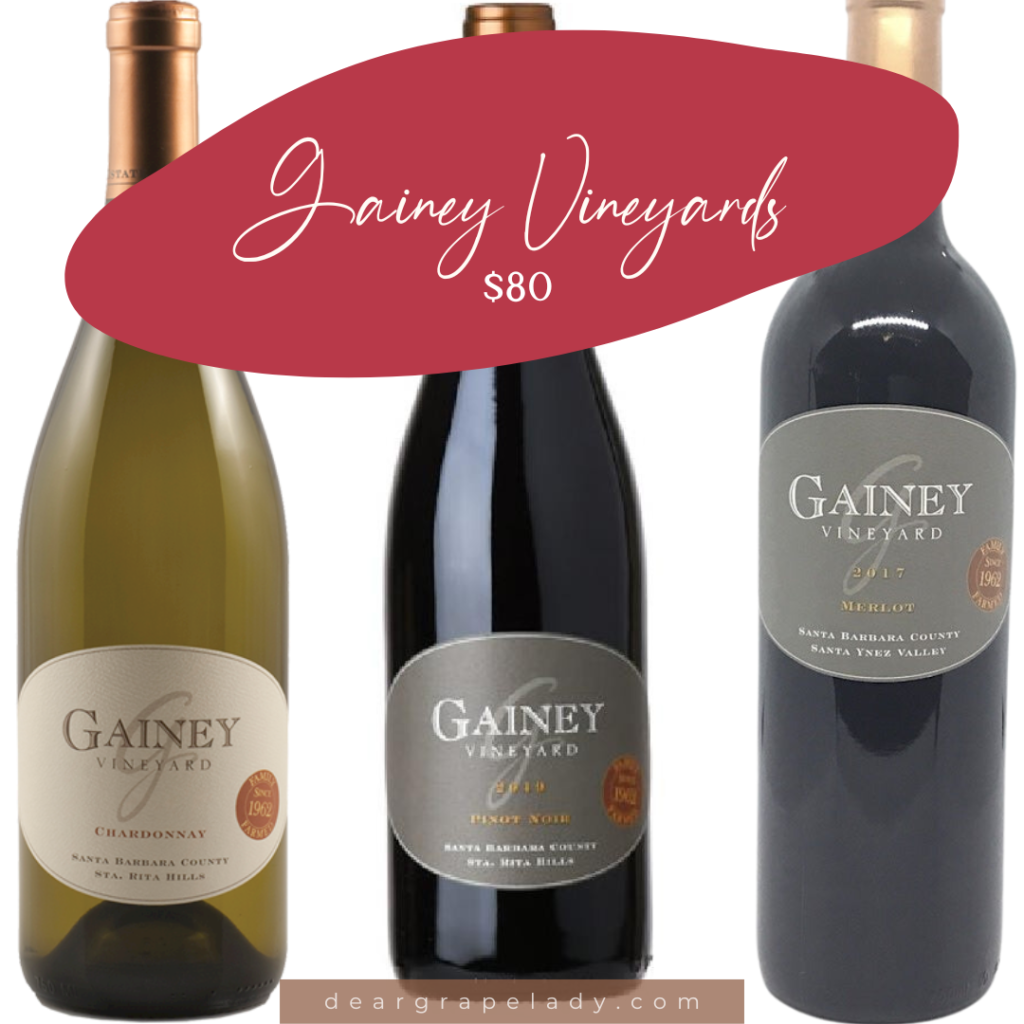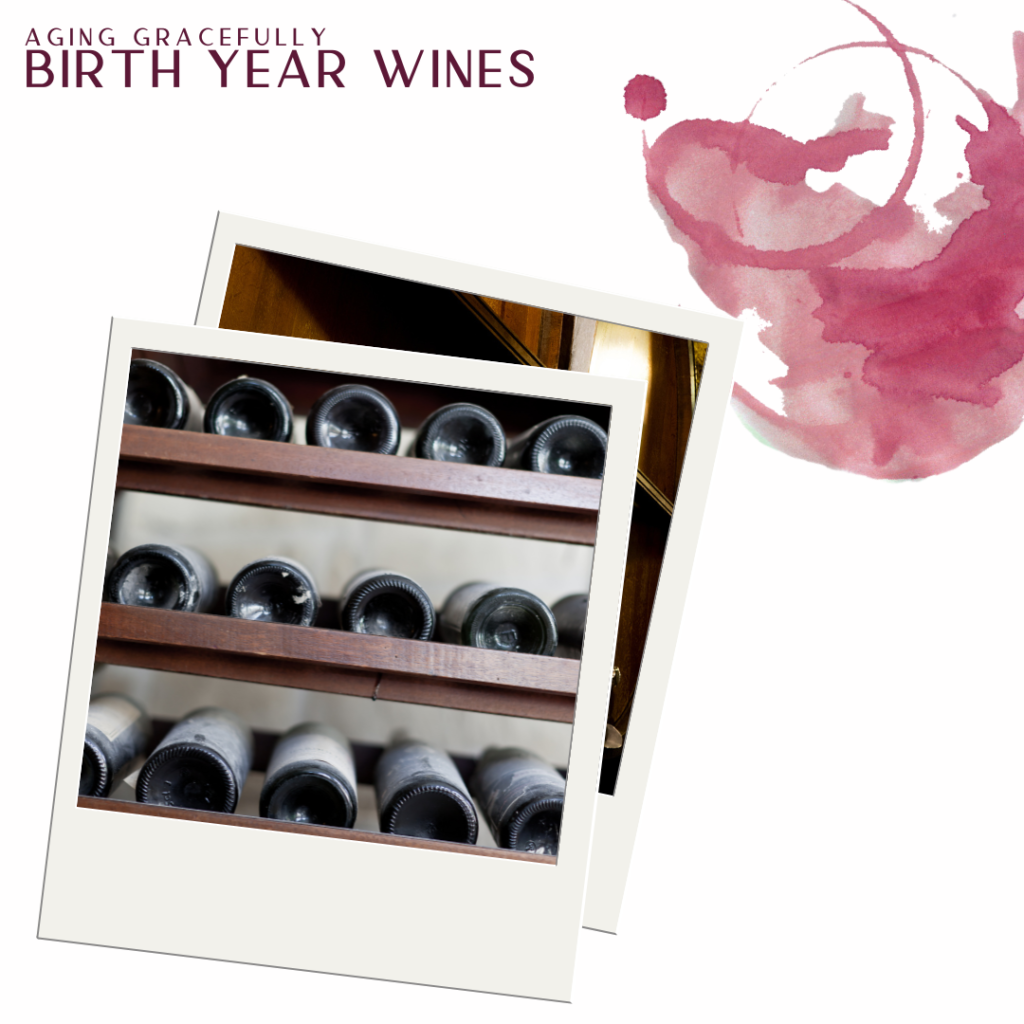
Tasting Track:
Critical vs. Technical Tasting
Presented by Elaine Chukan Brown and Christy Frank
At the “Critical Versus Technical Tasting” session, we delved into the fascinating world of wine tasting, with a keen focus on understanding the right approach for different situations.
Elaine Chukan Brown, an accomplished writer, speaker, and educator specializing in wine, empowerment, and social justice, graced the stage. She’s not only a James Beard Award winner for her exceptional wine writing but also serves as an advisor to the Women in Wine and Spirits Awards in China, contributing her valuable insights to numerous magazines and textbooks.
Then there’s Jamie Goode, based in London, a wine writer, critic, and judge, armed with a PhD in plant biology. He’s a regular columnist for the UK national newspaper The Sunday Express and a contributor to several prestigious publications.
Tasting Critically
When it comes to tasting wine, the context matters—a lot. Whether you’re wearing the hat of a competition judge, a wine critic, a restaurant wine buyer, or simply an enthusiast savoring a glass, each role demands a unique perspective. Judges, for example, must meticulously align their evaluations with the competition’s specific criteria, setting aside personal preferences. In contrast, restaurant wine buyers scrutinize wines based on their compatibility with the restaurant’s concept, price point, and overall wine list. For instance, an outstanding wine may not fit the restaurant’s Italian-themed list, making it an unsuitable choice. Wine critics, on the other hand, are tasked not only with assigning scores but also with comparing wines within their respective categories. In essence, a Barefoot Merlot isn’t weighed against a Chateau Pomerol; instead, they aim to achieve different goals despite both being wines.
Now, it’s not uncommon to find sommeliers critiquing wine critics. Still, Elaine Chukan Brown emphasized the importance of acknowledging and respecting their unique knowledge. Critics enjoy the privilege of consistently tasting top-tier wines across different vintages, which ultimately enriches the wine world.
Key Takeaway
My favorite take-away from this session was: ‘Your encounter with the wine is subjective, but the discussion and communication is objective.’
Our discussion revolved around the concept of inter-subjective judgment, where individuals collectively assess wines based on shared standards and vocabulary. In the wine community, we have established definitions for terms like acidity, flaws, balance, and harmony, much like how EOD is universally understood as “end of day” or 5 p.m. in the business world.
Remember, wine enjoyment is inherently subjective—your love for Moscato might not be shared by someone who prefers it solely with dessert. However, for effective communication, we rely on a shared vocabulary. Objectively, we can describe Moscato as sweet and Cabernet as tannic. Neither is better; these are simply descriptive terms that help convey wine characteristics effectively.
Tasting Technically
Our focus on technical tasting primarily centered around blind tasting and refining our approach. Before diving into blind tasting, I found Elaine Chukan Brown’s advice particularly valuable. She emphasized the importance of self-evaluation beforehand. Factors like toothpaste residue on your palate, tasting wine as the first sip of the day, or dealing with a dry mouth can significantly impact how you perceive wine. Recognizing and acknowledging these imperfections is key to a more objective evaluation.
Jamie Goode challenged us to delay judgment for as long as possible during blind tasting. It’s remarkably easy to make snap judgments based on appearances or initial aromas. Blind tasting should be approached with the precision of a math proof, continuously asking “why?” The vocabulary we use to describe wines plays a crucial role in inter-subjective judgment, enabling effective communication and shared understanding.
Elaine Chukan Brown and Jamie Goode concluded by stressing the significance of precise and accurate communication among sommeliers. Their intriguing challenge to the audience was this: Can we describe a wine so precisely that others can identify it from a lineup? Achieving this level of precision, they stated, would mark excellence in the craft of a sommelier. I think I might start a game of ‘Blind Battleship’ for my wine club and tasting group.
